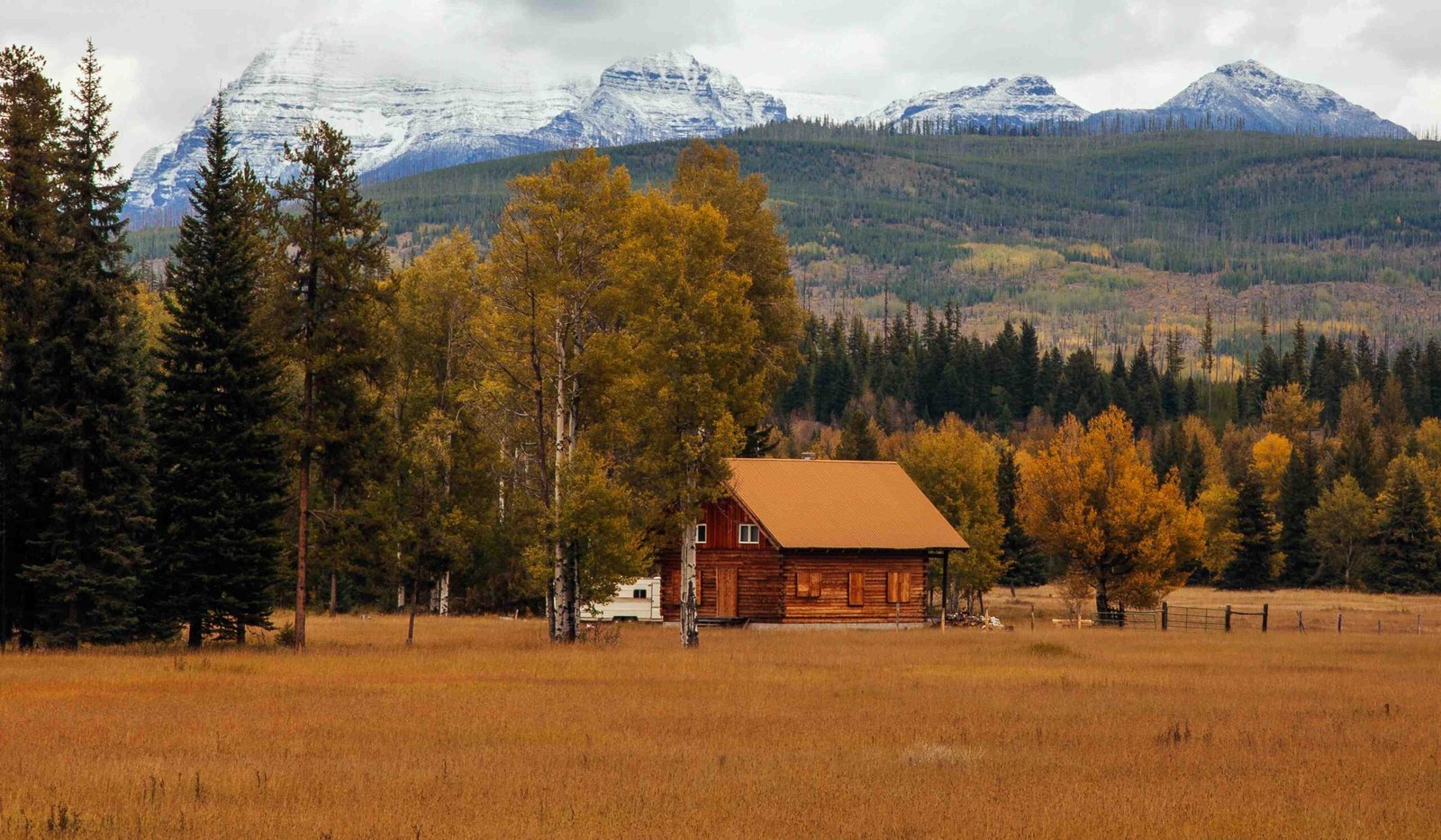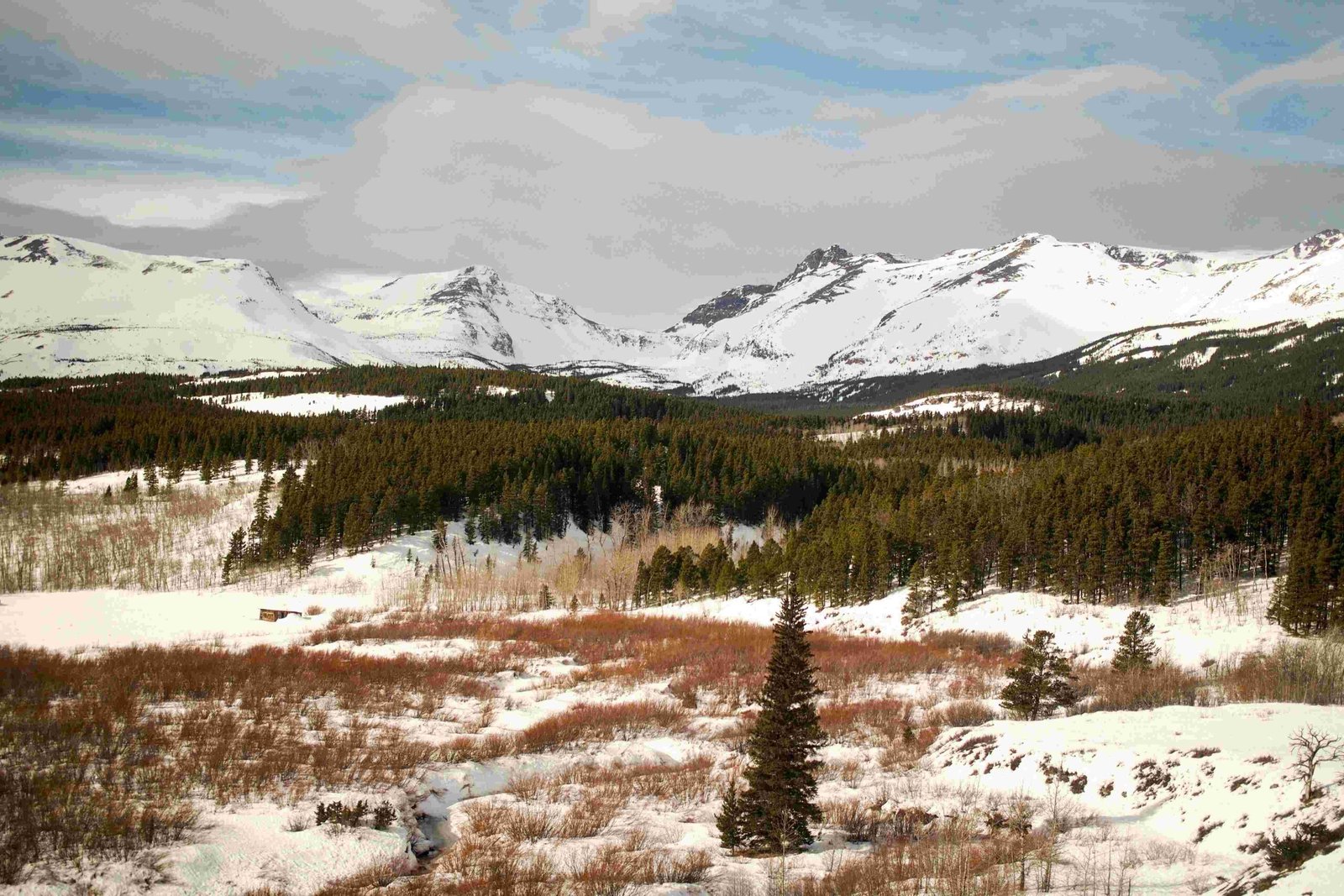The Mount Macdonald Tunnel is a crucial component of the Canadian Pacific Railway system, located in Glacier National Park, British Columbia. Constructed between 1982 and 1988, this 14.66-kilometer tunnel was designed to enhance railway capacity and reduce operating costs. It handles westbound traffic, complementing the older Connaught Tunnel, which manages eastbound traffic. The tunnel’s construction involved advanced engineering techniques and overcame significant challenges, making it a marvel of modern railway infrastructure.
What is the Historical Significance of the Mount Macdonald Tunnel?

The Mount Macdonald Tunnel holds a pivotal place in Canadian railway history. Its construction marked a significant milestone in improving the efficiency and capacity of the Canadian Pacific Railway system. Here are key historical points:
- Construction Period: 1982-1988
- First Official Train: November 9, 1988
- First Revenue Train: December 12, 1988 (Coal transport)
- Official Opening: May 1989
The tunnel’s completion effectively double-tracked this section of the railway, addressing the increasing capacity needs of the CP mainline. This enhancement allowed for more efficient transportation of goods across Canada, particularly benefiting the movement of resources from the western provinces to coastal ports.
How Was the Mount Macdonald Tunnel Constructed?

The construction of the Mount Macdonald Tunnel was a feat of engineering, employing various techniques to overcome the challenges posed by the Selkirk Mountains. Here’s an overview of the construction process:
- Drilling and Blasting:
- Manning-Kumagai (MK) joint venture began work from the west portal in October 1984
-
Utilized a team of 30 men working in three shifts
-
Tunnel Boring Machine:
- Employed from the east side of the mountain
-
Facilitated faster and more efficient excavation
-
Portal Protection:
- Temporary relocation of the highway
-
Construction of a reinforced concrete box to protect from avalanches
-
Ventilation System:
- Installation of a ventilation shaft
- Construction of air tunnels for proper air circulation
What Are the Key Specifications of the Mount Macdonald Tunnel?
The Mount Macdonald Tunnel boasts impressive dimensions and features that make it a remarkable piece of infrastructure. Here’s a detailed look at its specifications:
| Feature | Specification |
|---|---|
| Length | 14.66 kilometers (9.11 miles) |
| Track Configuration | Single track |
| Height | 7.9 meters (25 feet 10 inches) |
| Width (Straights) | 5.2 meters (17 feet) |
| Width (Curves) | 5.5 meters (18 feet) |
| Lining Material | Concrete |
| Track Foundation | Reinforced concrete slab |
These specifications ensure that the tunnel can accommodate modern freight trains while providing a safe and efficient passage through the challenging terrain of the Selkirk Mountains.
How Does the Mount Macdonald Tunnel Benefit the Canadian Pacific Railway?
The Mount Macdonald Tunnel offers several significant advantages to the Canadian Pacific Railway:
- Increased Capacity:
- Allows for more trains to pass through the Selkirk Mountains
-
Complements the Connaught Tunnel, effectively creating a double-track system
-
Reduced Operating Costs:
- Eliminates the need for pusher locomotives on steep grades
-
Provides a more direct and efficient route through the mountains
-
Improved Safety:
- Modern construction techniques enhance structural integrity
-
Advanced ventilation systems ensure safe passage for trains and crew
-
Weather Resilience:
- Protects trains from harsh mountain weather conditions
-
Reduces delays caused by avalanches and heavy snowfall
-
Environmental Benefits:
- More efficient route leads to reduced fuel consumption
- Minimizes the impact on the surrounding Glacier National Park ecosystem
Can Visitors Access the Mount Macdonald Tunnel?
While the Mount Macdonald Tunnel is a fascinating piece of infrastructure, it is not accessible to the public due to safety and operational reasons. Here’s what visitors should know:
- No Public Access: The tunnel is part of an active railway line and is not open for tours or visits.
- Safety Concerns: Railway tunnels are dangerous environments for unauthorized individuals.
- Operational Necessity: Continuous train traffic makes public access impractical and unsafe.
However, visitors to Glacier National Park can still appreciate the tunnel’s significance through other means:
- Informational Displays: Some park visitor centers may have information about the tunnel and its role in the park’s history.
- Scenic Viewpoints: Certain areas of the park may offer distant views of the tunnel portals or surrounding landscape.
- Educational Programs: Park rangers might include information about the tunnel in their talks about the park’s history and development.
What Are Alternative Attractions in Glacier National Park?
While the Mount Macdonald Tunnel itself is off-limits, Glacier National Park offers numerous other attractions for visitors:
- Hiking Trails:
- Illecillewaet Glacier Trail
- Great Glacier Trail
-
Avalanche Crest Trail
-
Scenic Drives:
- Rogers Pass
-
Meadows in the Sky Parkway
-
Historical Sites:
- Rogers Pass National Historic Site
-
Glacier House Ruins
-
Wildlife Viewing:
-
Opportunities to see mountain goats, grizzly bears, and various bird species
-
Interpretive Centers:
- Rogers Pass Discovery Centre
- Glacier Circle Cabin
These attractions provide visitors with ample opportunities to explore the natural beauty and rich history of Glacier National Park, even if they can’t directly access the Mount Macdonald Tunnel.
How Does the Mount Macdonald Tunnel Impact Glacier National Park?
The presence of the Mount Macdonald Tunnel in Glacier National Park has both positive and negative impacts:
Positive Impacts:
- Reduced Surface Disturbance:
- Minimizes the need for extensive surface rail lines
-
Preserves more of the park’s natural landscape
-
Wildlife Protection:
- Reduces train-wildlife collisions by routing traffic underground
-
Maintains wildlife corridors above ground
-
Historical Significance:
- Adds to the park’s rich railway history
- Provides a point of interest for visitors interested in engineering and transportation
Negative Impacts:
- Construction Disruption:
- Initial construction caused temporary disturbances to the park ecosystem
-
Required careful environmental management during the building phase
-
Noise Pollution:
- Train operations in the tunnel can produce noise that may affect nearby wildlife
-
Ventilation systems may contribute to ambient noise levels
-
Visual Impact:
- Tunnel portals and associated infrastructure alter the natural landscape
- Requires ongoing maintenance that may periodically impact the surrounding area
Despite these impacts, the overall effect of the tunnel on Glacier National Park is generally considered positive, as it allows for efficient transportation while minimizing surface disturbance compared to alternative rail routes.
What Future Plans Exist for the Mount Macdonald Tunnel?
While specific future plans for the Mount Macdonald Tunnel are not publicly detailed, ongoing maintenance and potential upgrades are likely considerations:
- Regular Maintenance:
- Continuous inspections and repairs to ensure structural integrity
-
Upgrades to ventilation and safety systems as technology advances
-
Capacity Enhancements:
- Potential modifications to accommodate larger or more frequent trains
-
Improvements to track and signaling systems for increased efficiency
-
Environmental Considerations:
- Implementation of new technologies to reduce environmental impact
-
Ongoing assessments of the tunnel’s effect on the surrounding park ecosystem
-
Safety Upgrades:
- Installation of advanced monitoring systems
- Enhancement of emergency response capabilities within the tunnel
As railway technology and environmental standards evolve, the Mount Macdonald Tunnel will likely see continued investments to maintain its crucial role in the Canadian Pacific Railway network while minimizing its impact on Glacier National Park.
The Mount Macdonald Tunnel remains a testament to human engineering and the ongoing balance between transportation needs and environmental preservation within Glacier National Park. Its presence continues to shape the park’s history and operations, serving as a vital link in Canada’s railway infrastructure.
References:
– CP Plans Overhaul of Rogers Pass Tunnel
– The BC Review – Mount Macdonald Tunnel
– Wikipedia – Mount Macdonald Tunnel